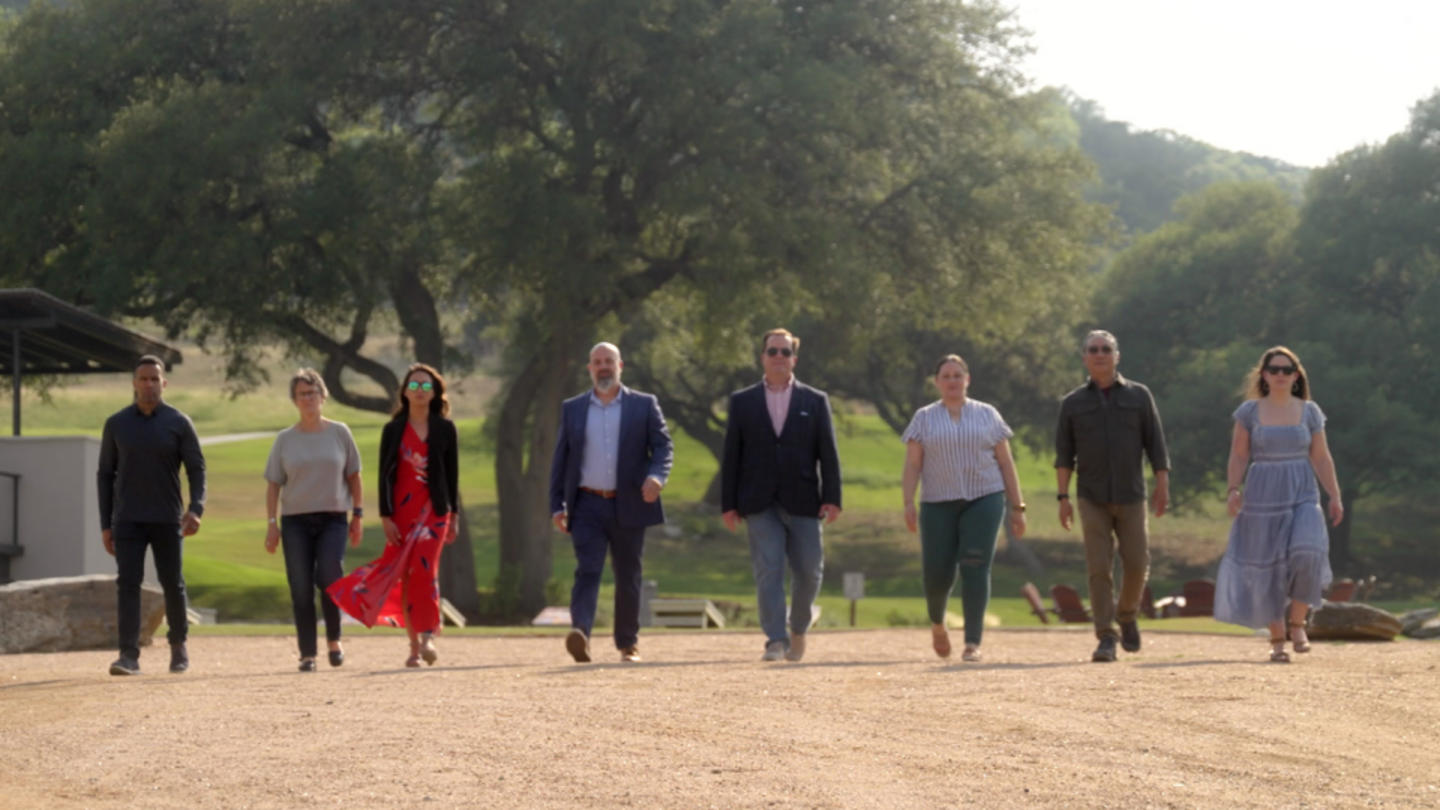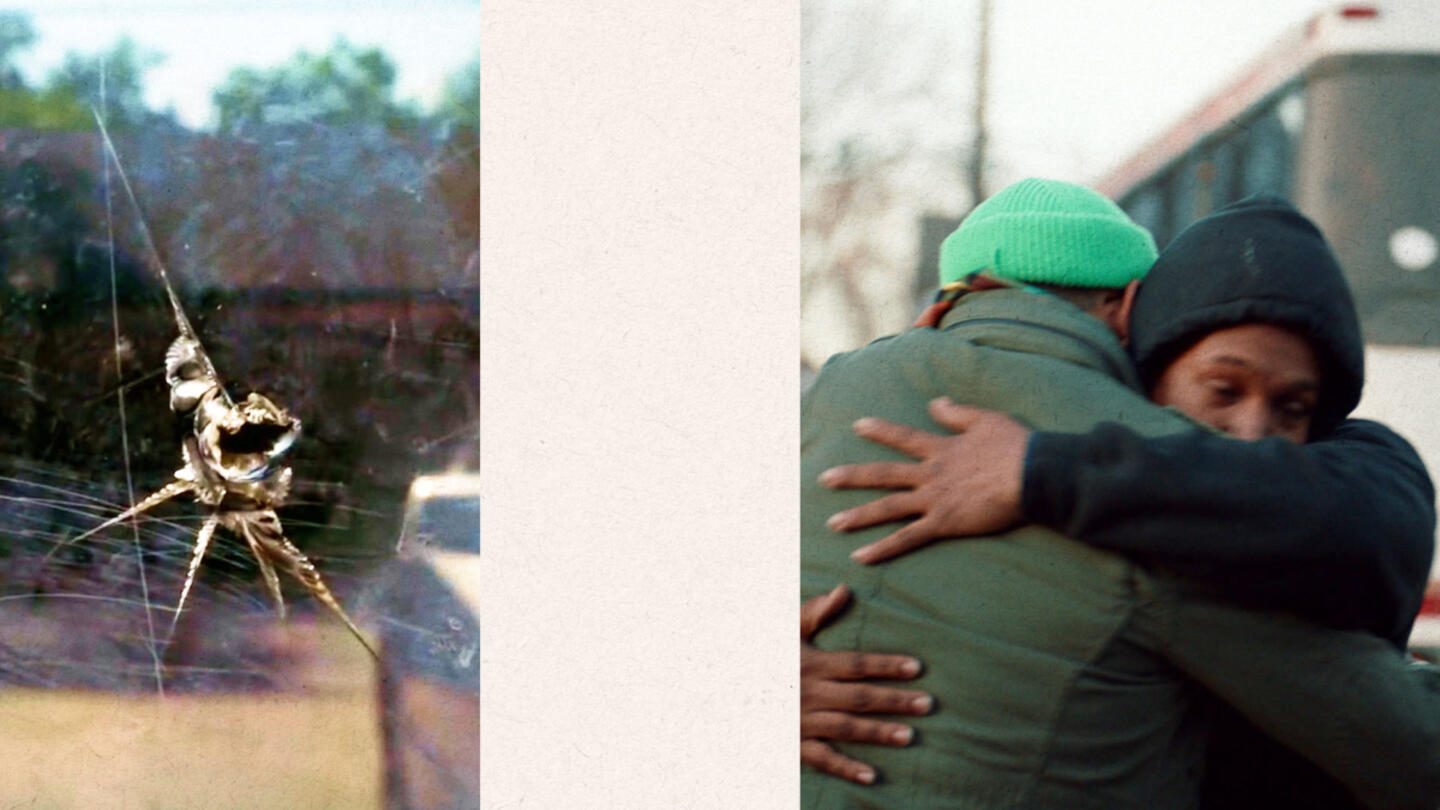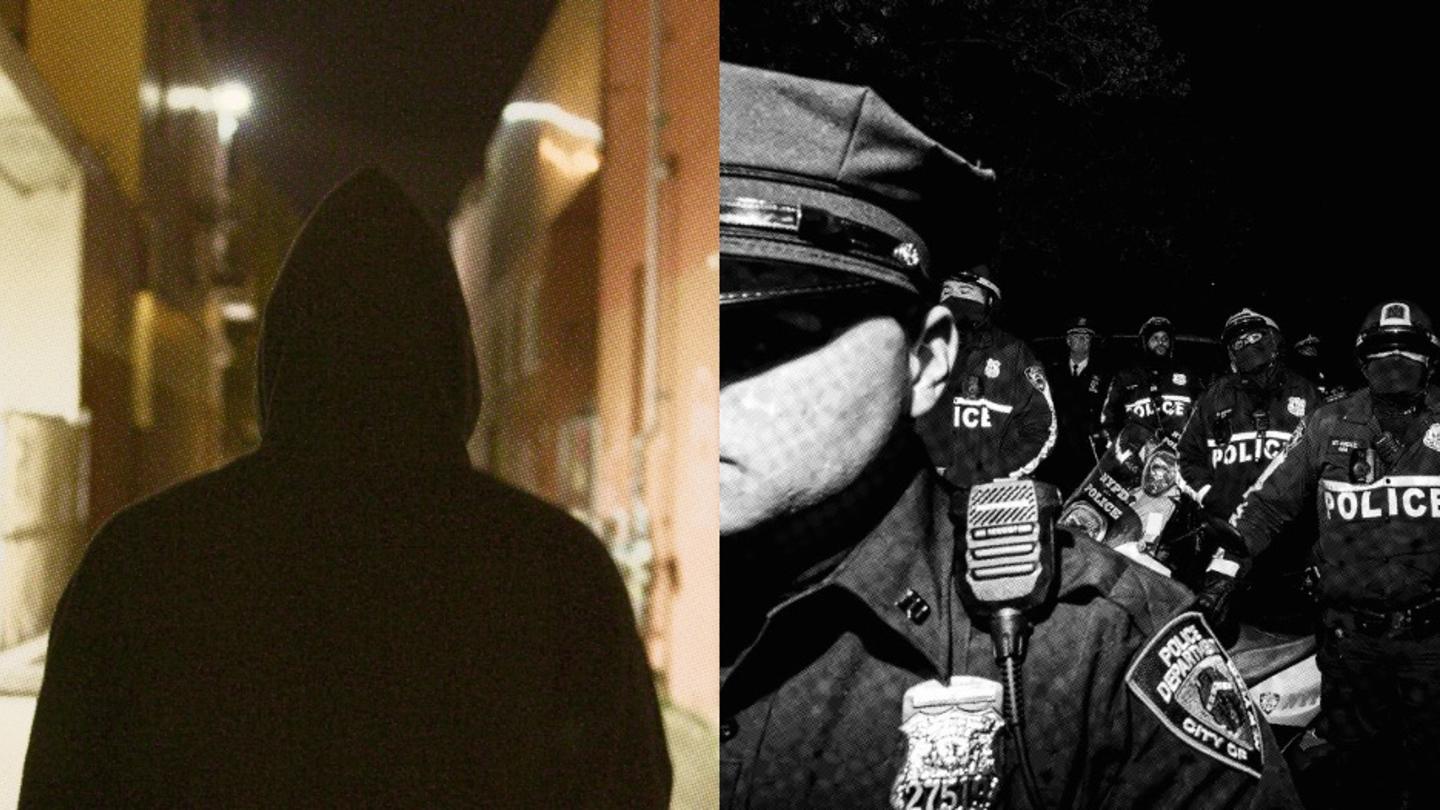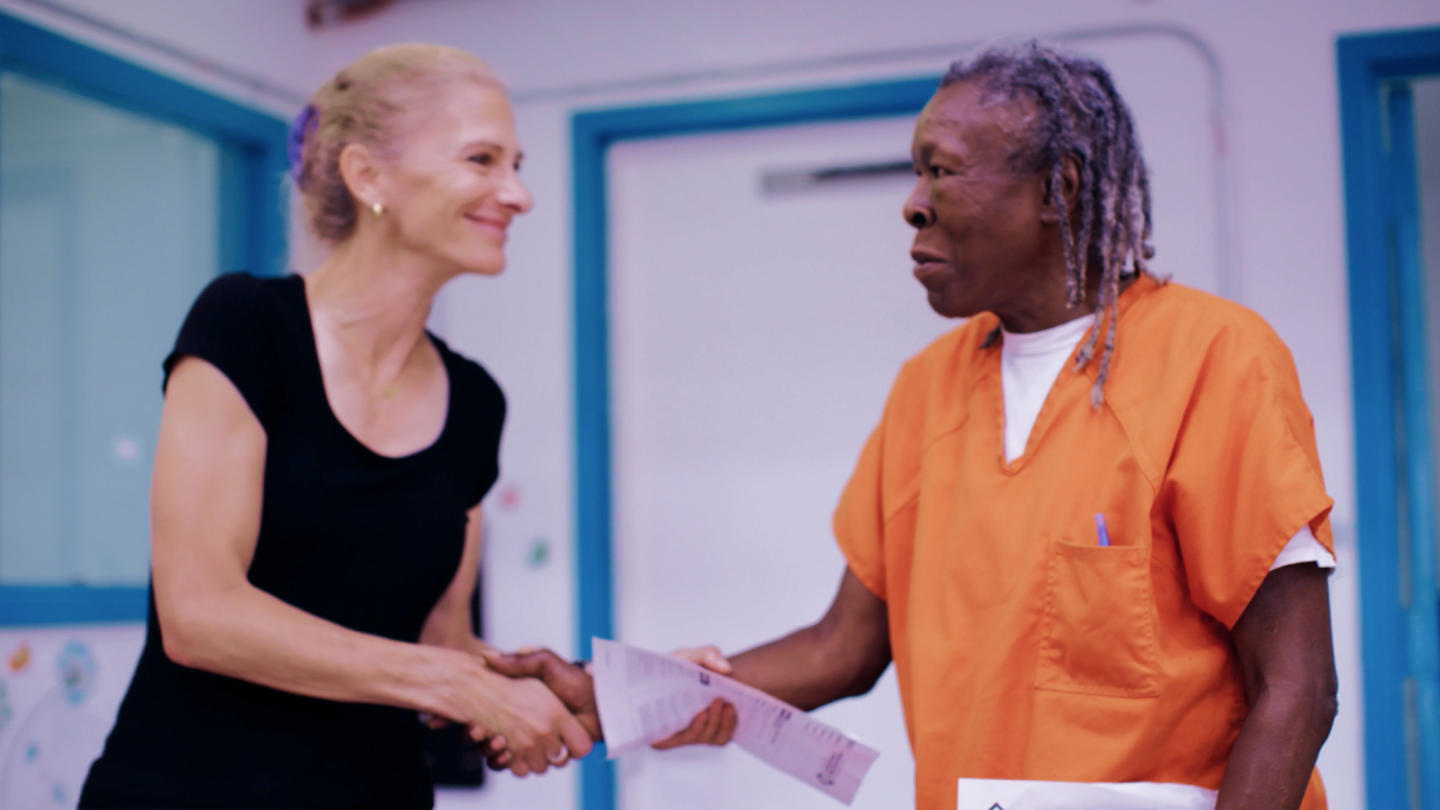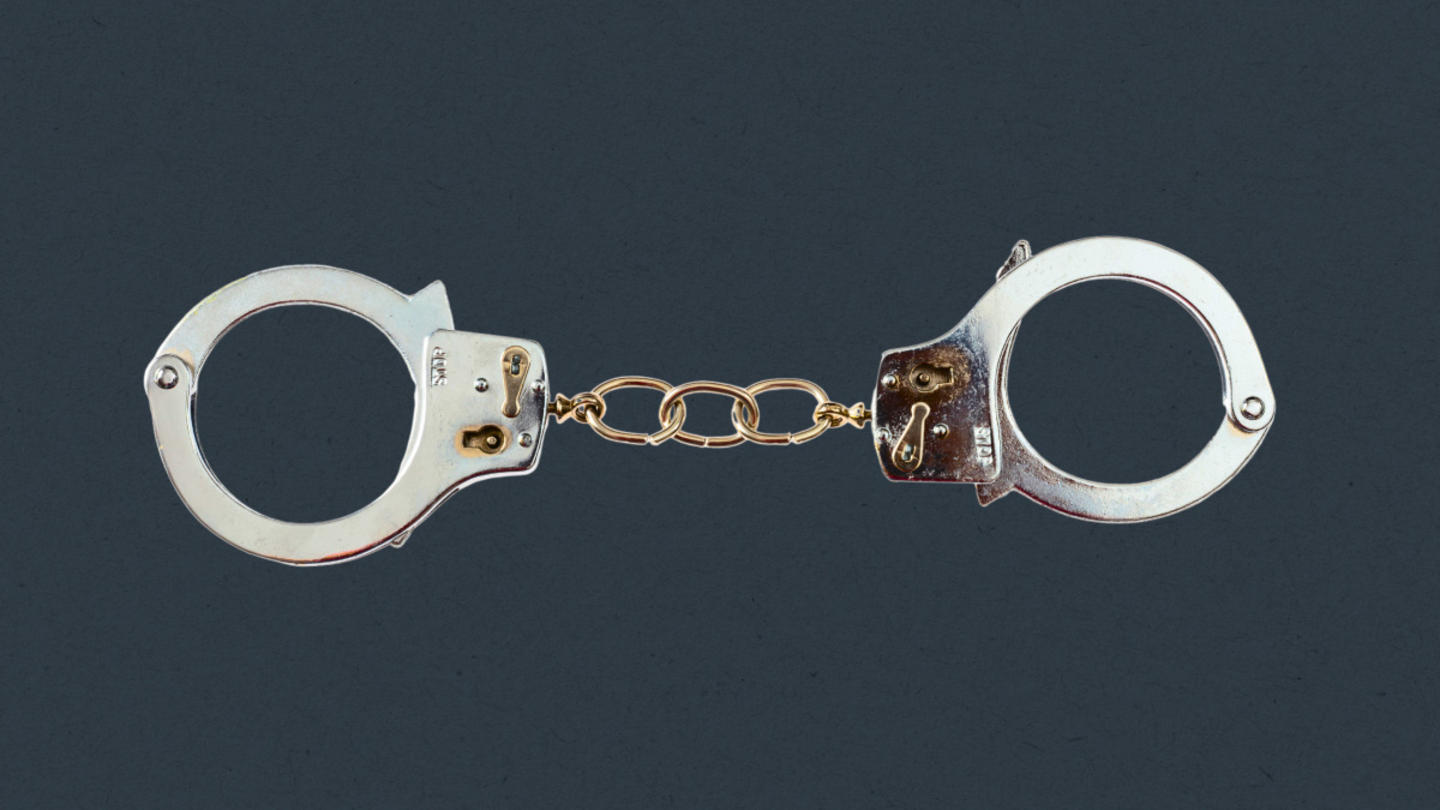Stand Together Ventures Lab fuels changemakers around the country to scale solutions to our country's biggest problems, including relations between police officers and the communities they serve. Four of the most promising solutions are taking an exciting new step toward reform.
Improved outcomes for police community relations. Talk meets action.
In 2020, Stand Together Ventures Lab partnered with the MIT Solve Program to find the most promising bottom-up solutions to a major problem in the U.S.: conflict between police and the communities they serve. Their premise is that, through innovation, we can improve issues related to officer training, transparency, appropriate response measures, and coordination with healthcare and community-based organizations. Ultimately, this effort's goal is to improve outcomes for both the police and the community.
Far too long the debate has been mired in the extremes at both ends, resulting in a lot of talk about reform, but few to no actionable solutions implemented.
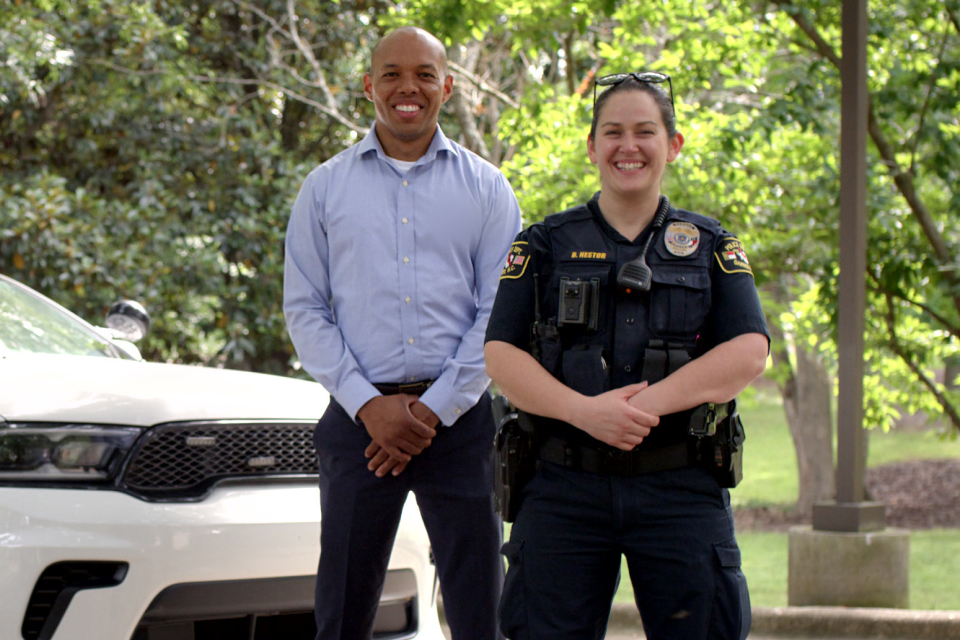
Improving police and community relations: 250 entrepreneurs. 6 months. 4 partnerships.
For the project, 250 entrepreneurs offered diverse solutions to help address these pressing problems and improve public safety. Eleven teams were chosen to pilot their ideas in their cities over six months, and they received real-time feedback as their experiments began producing results. Of those, four exciting solutions are moving to the next stage: larger pilot investments with the potential for further implementation down the road.
These ideas put actionable solutions on the table. Ultimately they will spark more innovative experiments within communities across the nation, helping us learn how to heal what's broken inside American policing institutions.
- New Blue: This solution headed by Andrew Saunders focuses on improving relations between police and people of color in communities in North Carolina, New York, and Illinois. New Blue employs a cohort model with reform-minded officers focused on developing long-term solutions to problematic policing.
- accesSOS: This solution headed by Gabriella Wong is building an app for people who cannot call for help from emergency services (deaf, hard of hearing, victims of domestic violence). This app will add a crisis intervention option for emergency aid that diverts the crisis call away from traditional policing to more properly suited and vetted crisis hotlines.
- Rewire4: This solution headed by Molly Baldwin is developing a training program available to police officers that helps them understand and appropriately respond to trauma. The training material focuses on a broad and thorough understanding of the science of trauma, as well as practical applications for officers on duty and in their personal lives.
- Lawndale Christian Legal Center: This program headed by Cliff Nellis is building a community-led model for holistic legal representation and restorative justice in the Chicago area. Holistic legal representation is an interdisciplinary team providing support for minors and emerging adults to meet their needs at every phase of the process. Restorative justice works by having the victim of a crime and the accused meet to talk and work through what would make things right. After the meeting, victims can decide if they want to press charges.
Programs like these are starting to make a difference in communities across the country. That difference is coming from people who aren't waiting for top-down systems to someday make things better. They felt the need, they had an idea, and they acted.
Police organizations and communities now have actionable opportunities to work together, both reaping the benefits from this cooperative effort as these programs become more refined, more visible, and produce broader results to improve outcomes for both communities and police.
Policing reform changemakers like Saunders, Wong, Baldwin, Nellis, and their teams are demonstrating that their solutions can have positive impacts. In partnership with Stand Together Trust and Stand Together Ventures Lab, now they will refine and expand their projects, providing not only a template for change but proof that practical change is possible. They hope their efforts will inspire more changemakers with big ideas to take action on the issues that matter most.
We will continue to follow these studies and support efforts like them — because the best solutions come from people who are closest to the problems in communities they serve.
Learn more about Stand Together's criminal justice reform efforts.
